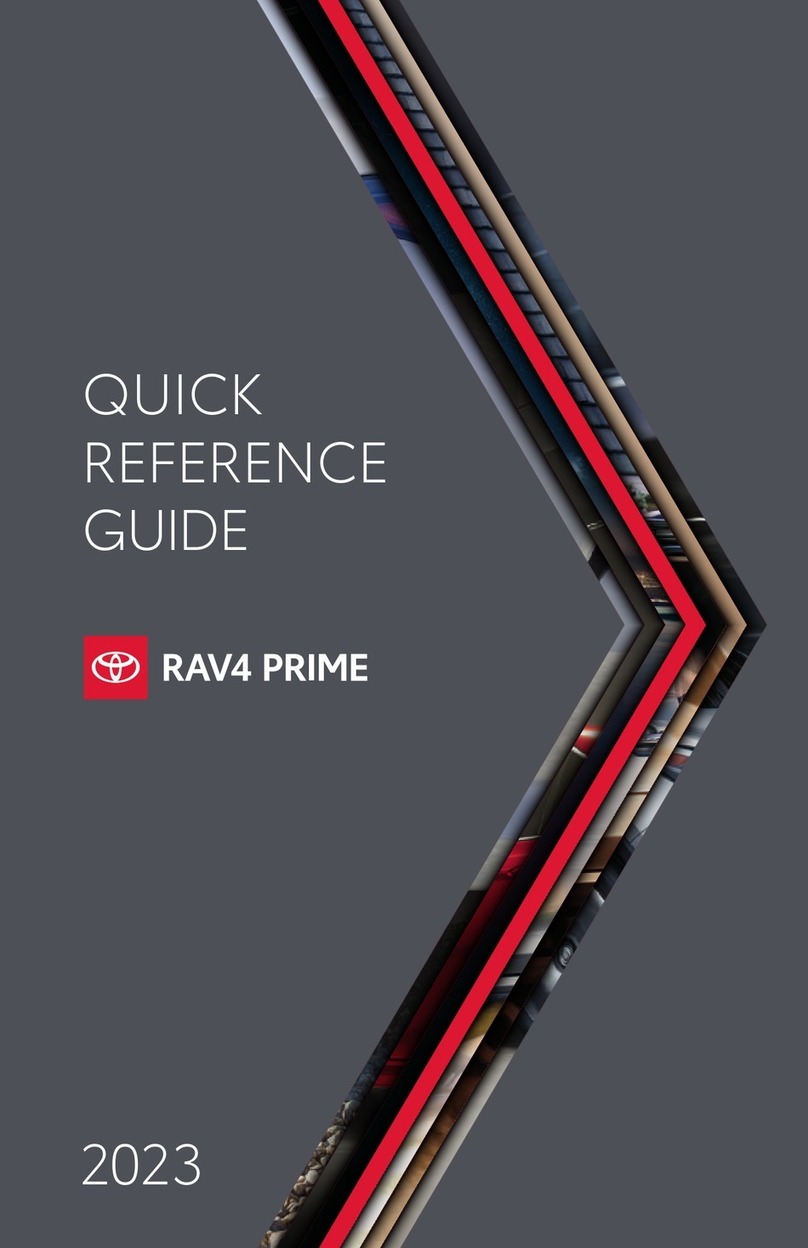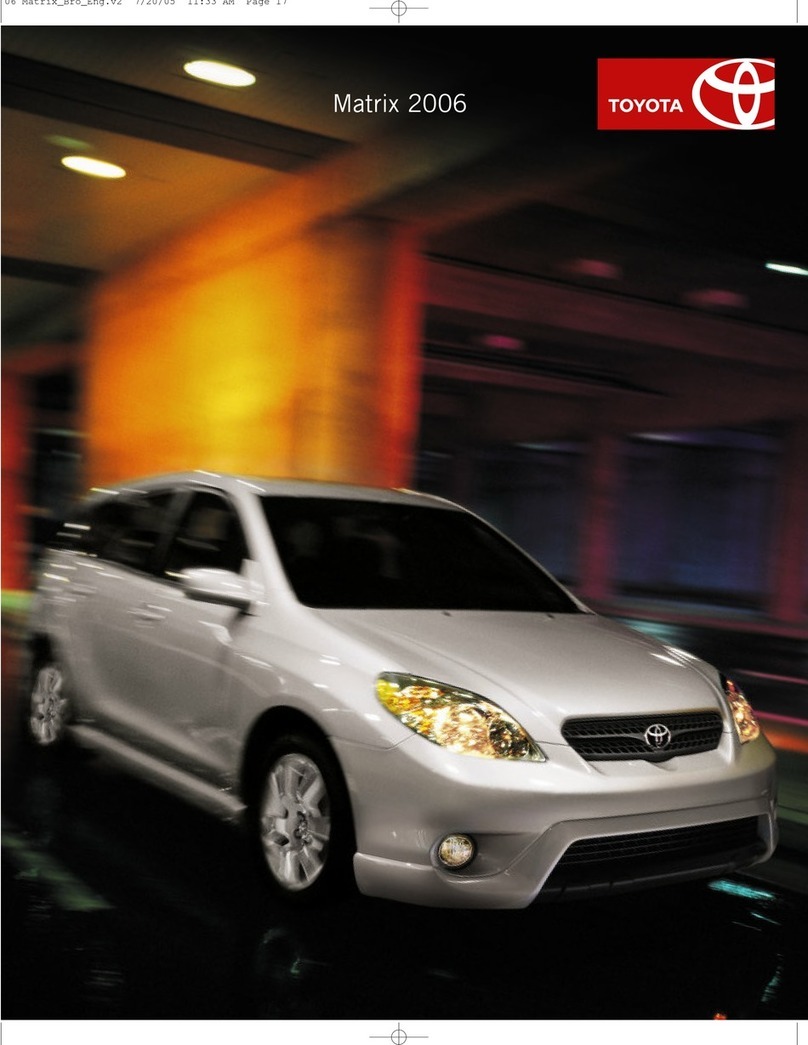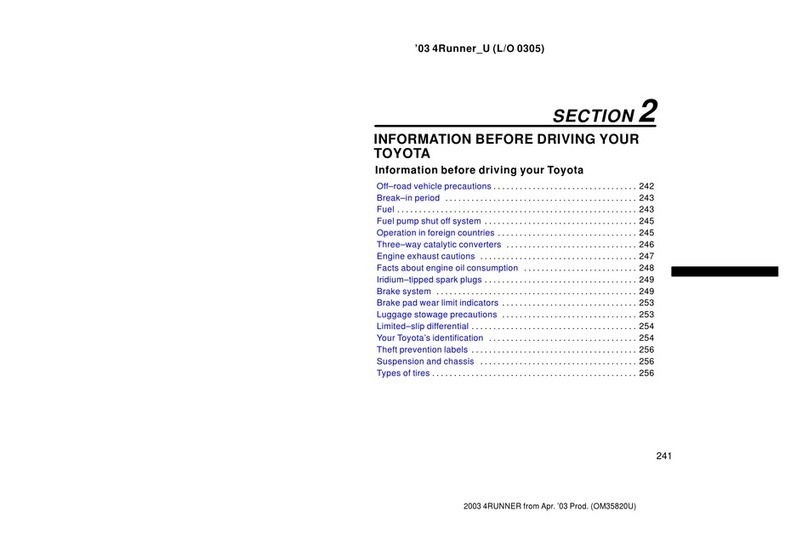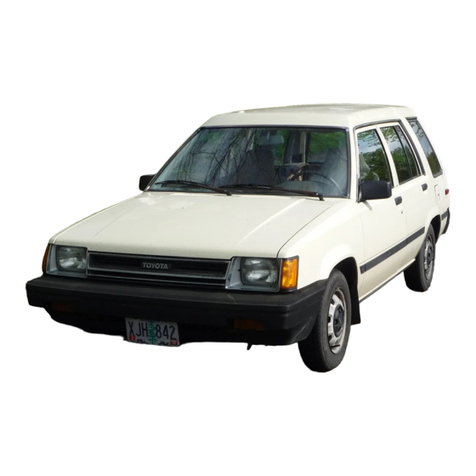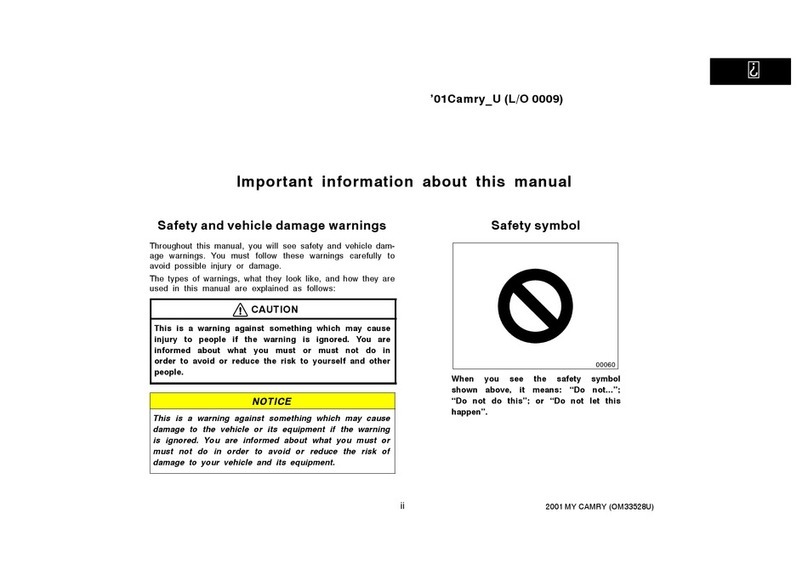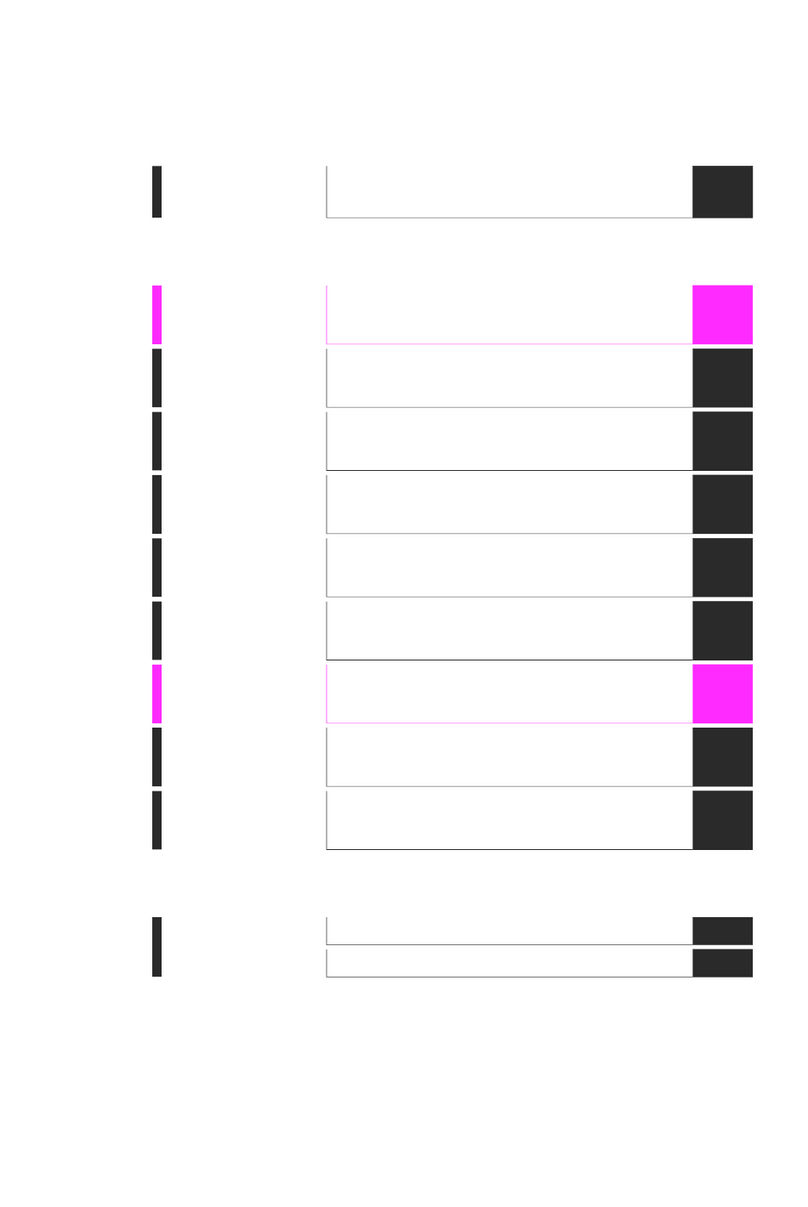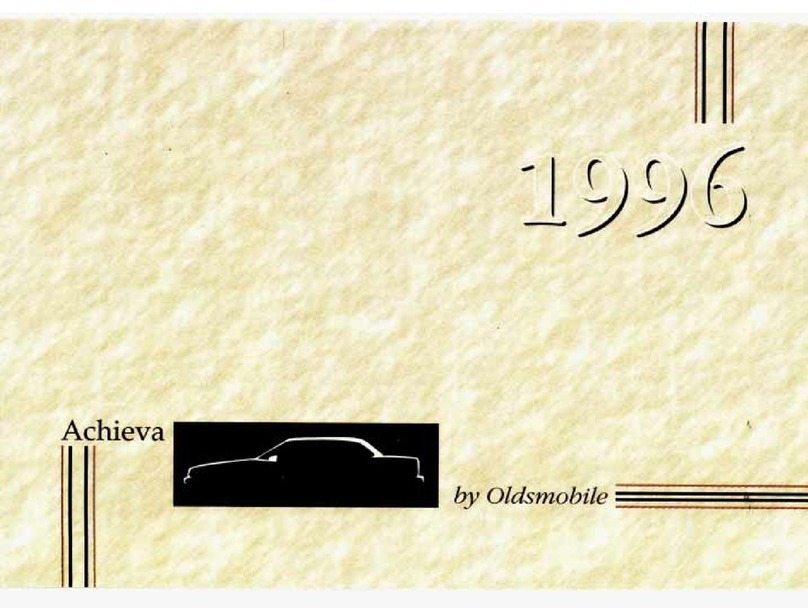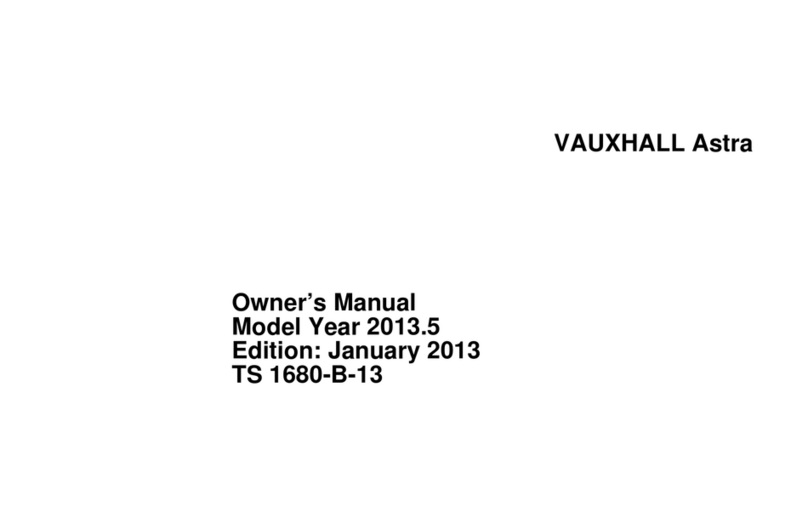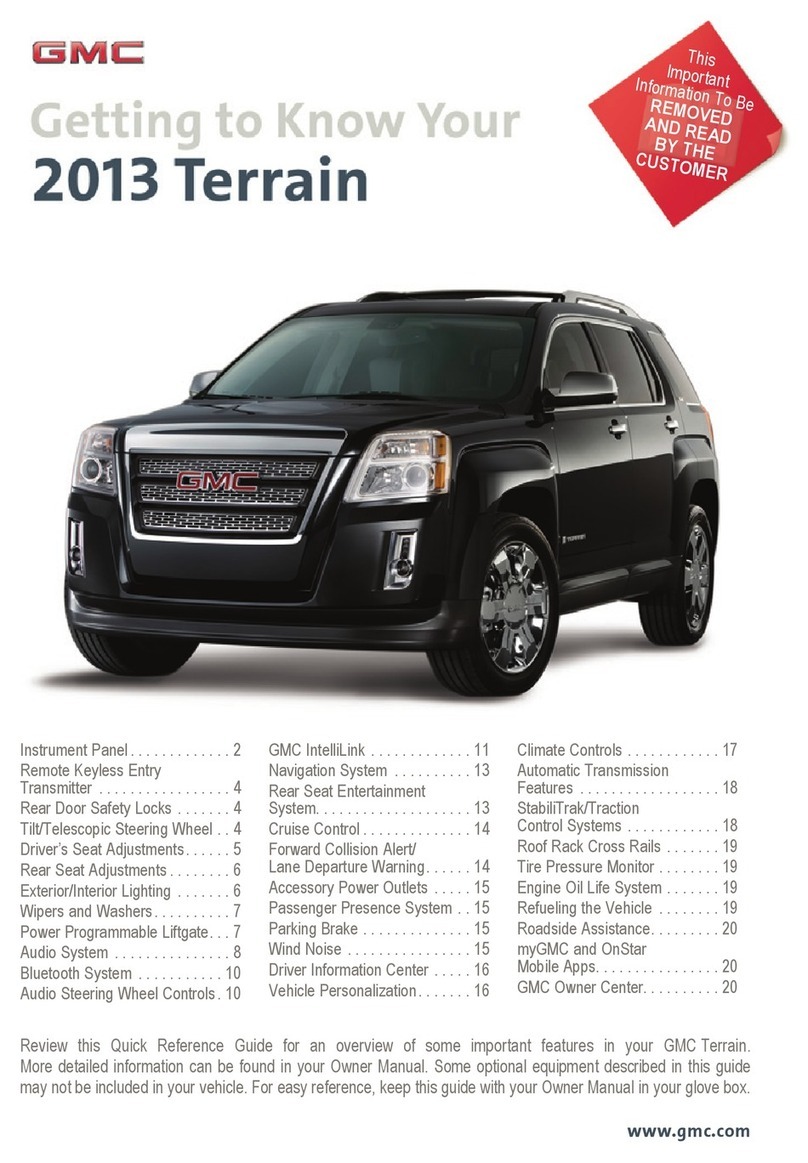
INTRODUCTION -How to Use This Manual
IN-3
Illustration:
what
to
do
and where
The procedures are presented in a step-by-step format:
• The illustration shows what to
do
and where to
do
it.
• The task heading tells what
to
do.
• The detailed text tells
how
to
perform the task and gives
other information such
as
specifications
and
warnings.
Example:
~
Task heading: what to
do
21. CHECK PISTON STROKE
OF
OVERDRIVE BRAKE
(a)
Place SST
and
a dial indicator onto the overdrive
brake piston
as
shown in the figure.
SST
09350-30020
(09350-06120)
/
~
Set
part
No.
Component part
No.
/Detail
text:
how
to
do
it
(b)
Measure the stroke applying
and
releasing the com-
pressed air
(4
- 8 kg/cm2,
57
-
114
psi
or
392
-
785
kPa)
as
shown in the figure.
Piston
stroke:
1.40-
1.70
mm
(0.0551 -
0.0669
in.)
----Specification
This format provides the experienced technician with a FAST
TRACK
to
the information needed. The upper
case
task heading
can
be
read
at
a glance and only when necessary, the text
below
it
provides detailed information. Important specifications
and
warnings always stand out in bold type.
REFERENCES
References have been kept
to
a minimum. However, when they
are
required you
are
given the page
to
go to.
SPECIFICATIONS
Specifications
are
presented in bold type throughout the text in
the applicable step. You never have to leave the procedure to
look up your specs. All specifications are also found in Appen-
dix A, specifications,
for
quick reference.
WARNINGS,
CAUTIONS, NOTES:
• WARNINGS
are
presented in bold type,
and
indicate there is
a possibility
of
injury to you
or
other people.
• CAUTIONS
are
also presented in bold type,
and
indicate the
possibility
of
damage
to
the components being repaired.
•
NOTES
are
separated from the text but do
not
appear in
bold. They provide additional information to help you effi-
ciently perform the repair.
